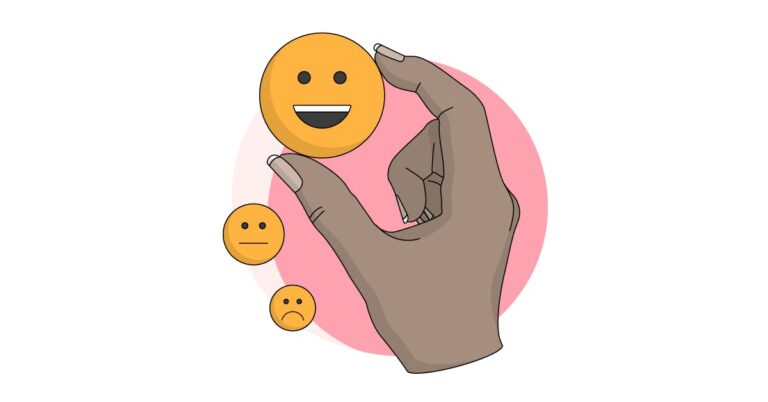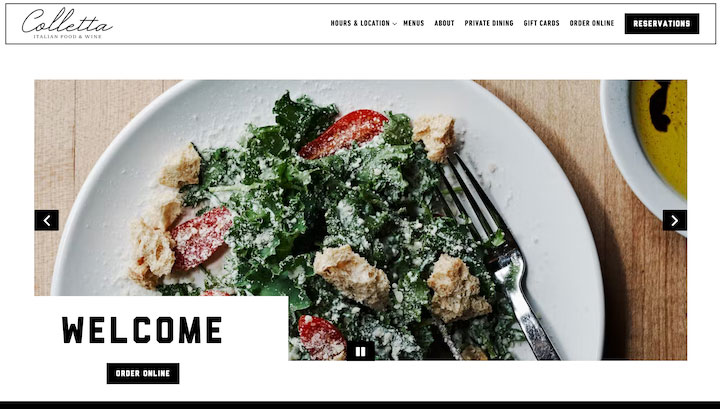
Stryx launched in 2019 as a direct-to-consumer website. We went into the 2,000 CVS stores in 2020. That’s roughly when you and I spoke last on this podcast.
Many DTC brands struggle with the decision to sell in mass retailers. The potential revenue lift is enticing, but the loss of control is not. Shanahan and I recently discussed those issues and more.
Shanahan: If we can succeed in Target and achieve an even revenue split of DTC and retail, that would be huge for us. We could then grow our team, add new products, and expand.
Shanahan: Cash flow management is the multi-million-dollar issue. We’re fortunate to absorb a lot of the rollout. Target communicates well, telling us, “You have to have so much on-hand inventory for replenishment.” They’ve been good about informing us what to expect.
So for Target, we designed a very expensive fixture to communicate that message. We tried sneaking in a QR code to help with shade selection, tutorials, and that sort of thing. Target shot it down. But still, we have a cool full-color fixture in all of our displays, which is exciting. “We will soon be in 950 Target stores,” Shanahan said. “Target told us, ‘We know that men’s beauty isn’t a major category right now, but we think it will be.’”
Shanahan: Yes, and the inverse is also true. Casper, Warby Parker, and other DTC brands have placed physical stores in areas of strong online sales. The physical stores then contribute to more online sales from those locales. It gets back to the notion of touching consumers four or five times before they convert.
Bandholz: There’s always a temptation for DTC brands to sell into those large retailers. But once they carry your products, the retailers start buying ads. That competes with your paid search spend on Google. It’s a little more hassle here, a little more there. So DTC sellers are much better off focusing on their website.
Bandholz: Beardbrand has sold in Target stores for several years. The staff there has been good to us. What was the onboarding experience like for Stryx?
What has changed since then?
Our entire audio conversation is embedded below. The transcript is edited for length and clarity.
Bandholz: Listen to my interview last year with Moiz Ali, formerly of Native deodorant. He addressed his Target experience. If Native saw poor-performing stores, he would buy geo-targeted ads on Facebook, driving people in that area to the local Target. It produced an immediate boost in those locations.
I last spoke with Jon Shanahan for this podcast in late 2020. His company, Stryx, had launched the year before as a pioneering, direct-to-consumer seller of men’s cosmetics. CVS Pharmacy has just begun carrying Stryx products in all 2,000 stores.
It seems to come down to inventories. Can we put enough units in this many stores? CVS focuses on drugs and pharmaceuticals. Target is a true mass merchandiser. Advisors have told us to expect upwards of 80% more turnover in Target than CVS. That’s the hope, anyway.
We will soon be in 950 Target stores.
Shanahan: We have battle scars from the CVS rollout. But that experience helped us prepare for Target. We have advisors in the company and elsewhere with much retail experience who helped us avoid some pitfalls.
Bandholz: Changing topics, Stryx was an early TikTok user.
Bandholz: I assume you’ve received a large purchase order. It’s 900 Target stores all at once. How do you manage cash flow to pay for that inventory production?
Many physical retailers want to court men, but few are following through. Target told us, “We know that men’s beauty isn’t a major category right now, but we think it will be. We want to be ahead.”
Shanahan: I agree. One of our learnings from CVS is that most guys aren’t going to pick up a concealer. But many will when we say, “It instantly covers this thing.”
We have to be mindful, too, of what happens if the rollout fails. We have to be prepared to take inventory back. Our products have a good shelf life, which helps. But, again, Target has been very accommodating. They’ve worked with enough small brands to know that they have to give a little to ensure success.
Bandholz: Another DTC challenge of selling in mass retailers is the packaging. Go to Beardbrand.com, and you see only our products. But in a retail environment, we’re competing against 10 other companies. We have to put our marketing info on the packaging to stand out.
Bandholz: Where can people support you and reach out?
Our revenue is still about 90% direct-to-consumer from our website. That’s our bread and butter. But it’s validating to have your product on shelves of retailers like Target and CVS. We’ve just launched at a Nordstrom store in New York City and on the company’s ecommerce site. But we probably wouldn’t have done the web component if it didn’t include the physical store, which allows us to do in-person events and work with the associates.
Shanahan: Send a LinkedIn message to reach out. Stryx is on pretty much every social platform — TikTok, Instagram, Facebook, YouTube. I tweet from my @jonshanny account.
So I approached that person and went from buyer to buyer — a series of meetings. It helped that we have a solid story, and we’re unique in the space. Target didn’t care that we were in CVS. We’ve talked to other retailers that wanted exclusivity.
Many agencies help navigate the interactions with giant retailers. We chose The Stable agency based on the recommendation from you and Lindsey, your business partner. Plus, two of our investors knew them well. Working with that agency is a huge help — navigating the backend, positioning, and all sorts of stuff.
Our relationship with Target started with a presentation I did at a virtual conference in December 2020. One of the attendees was a lotion buyer for Target. He began asking questions. He knew the category. He said, “I wear concealer. I use these products. Target needs this. Talk to this guy.”
Bandholz: You’ve got the DTC site, and you’re in CVS and Target. What’s next for Stryx?
Shanahan: We wanted more boutique retailers in the beginning — barbershops, apparel, that sort of thing. But amid Covid, boutique stores were struggling to stay open. They were not much interested in expanding their assortments.
Bandholz: Lindsey manages our relationship with Target. Beardbrand’s experience was unique in that agencies approached us. They were interested in the beard care category. Is Stryx pursuing smaller retailers or just the big ones?
Bandholz: Are you working directly with Target or through an agency?
Eric Bandholz: Give us a quick recap of Stryx.
Shanahan: Yes, it’s still the best customer-acquisition source, for sure. Number one with a bullet. We track it in several ways. We compare metrics across all paid channels. A video on TikTok that goes viral — more than 100,000 views — typically produces a sales lift. We also track TikTok discount code use. Then we ask in post-purchase surveys, “How did you hear about us?”
Shanahan: Again, our relationship started directly with Target. Then, in a subsequent meeting, they said, “We’re interested in doing this. You’re going to have to start ramping inventory, however.”
Shanahan: For sure. The ecommerce site is where we launch new products and engage directly with customers for feedback. Then we can take that experience to retailers and grow from there.
Jon Shanahan: Stryx is the first men’s beauty brand. We’re normalizing cosmetics and skincare for men.
I replied that we were interested in working with an agency. They smiled and said, “That’s great to hear. That’s excellent.” We were transparent, which they liked.





